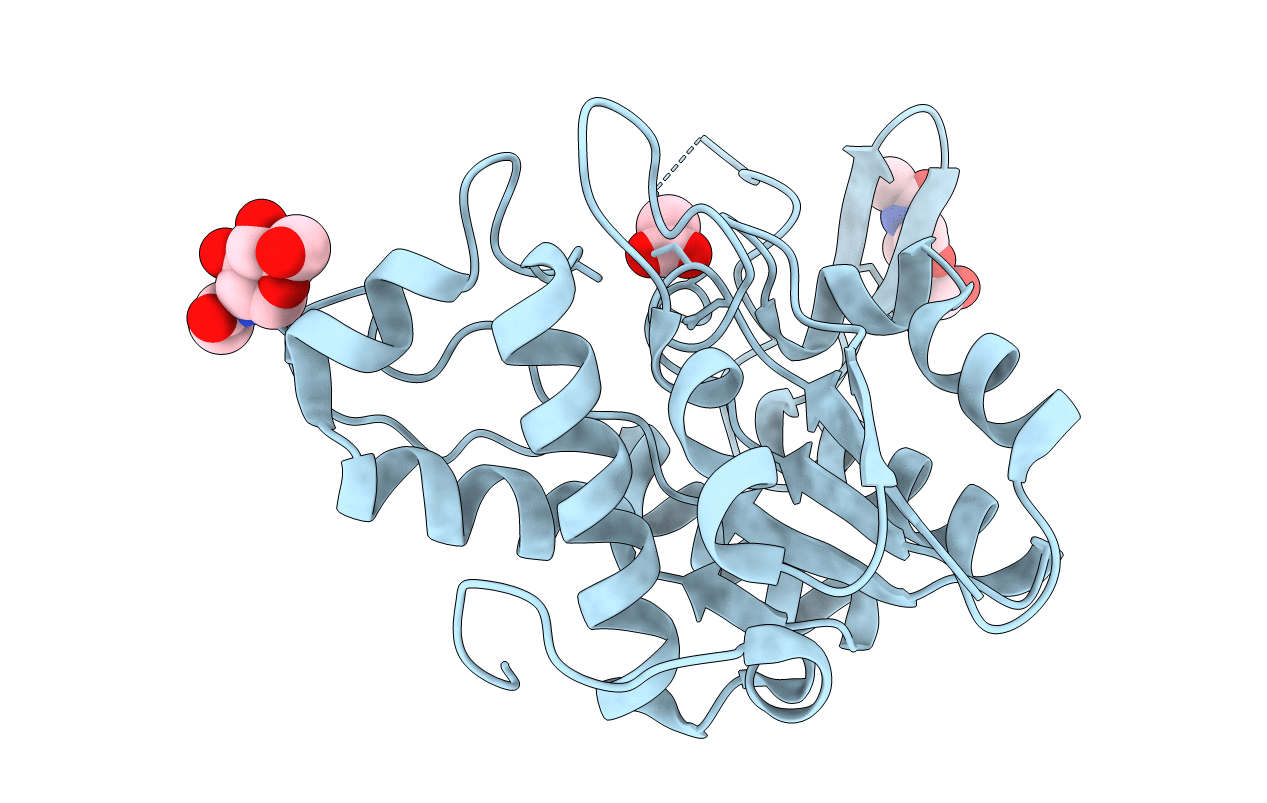
Deposition Date
2008-01-24
Release Date
2008-08-05
Last Version Date
2024-11-20
Entry Detail
Biological Source:
Source Organism:
Aspergillus aculeatus (Taxon ID: 5053)
Host Organism:
Method Details:
Experimental Method:
Resolution:
1.33 Å
R-Value Free:
0.15
R-Value Work:
0.11
R-Value Observed:
0.11
Space Group:
P 21 21 21


